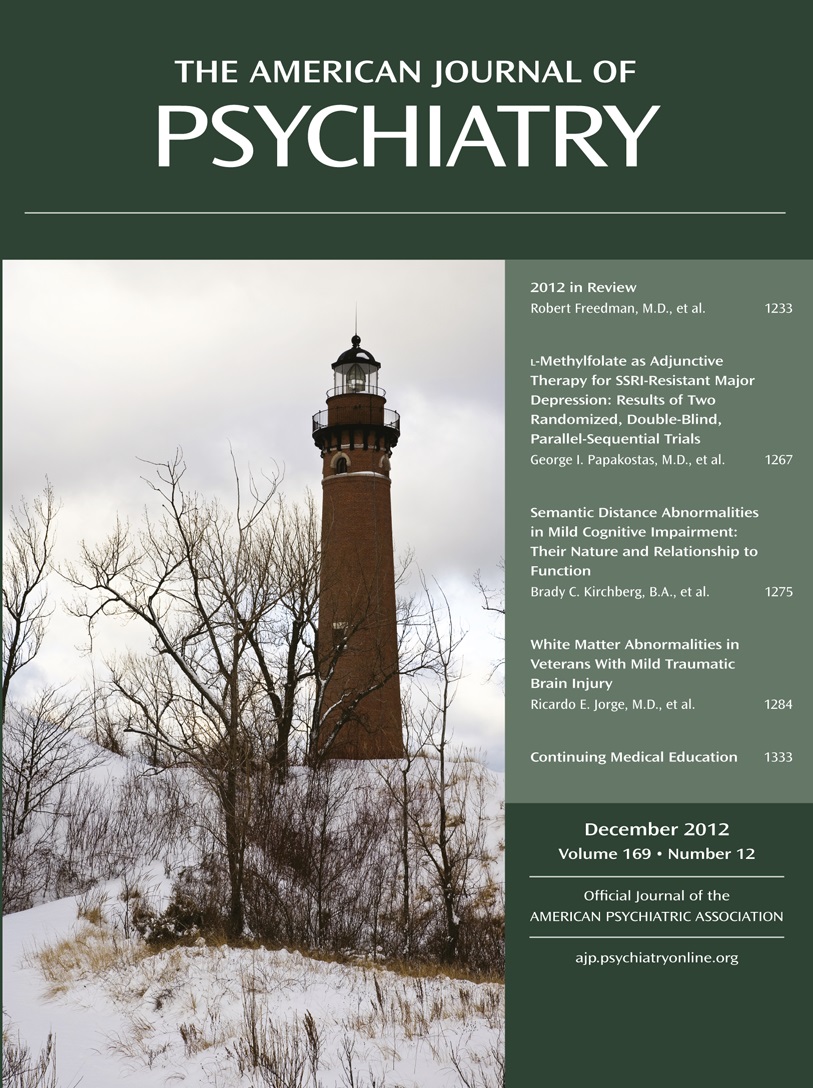Hidden in the Shadow of the Master: the Model-Wives of Cézanne, Monet, and Rodin
The artistic careers of Paul Cézanne, Claude Monet, and Auguste Rodin are in the canon of modern art history. Hidden in the Shadow of the Master is the story of the lost accounts of the mysterious muses, models, and wives who shaped the private and professional lives of these creative giants. Ruth Butler vibrantly recreates the untold stories of Marie-Hortense Fiquet, Camille Doncieux, and Rose Beuret. Meticulous research paired with Butler’s captivating writing style enable the lives of these women to illuminate the cultural context, social pressures, personal battles, and artistic triumphs of their renowned “other halves.” The less exemplary details of these artists’ lives reveal themselves, as the unbending women behind them, who pushed, inspired, and challenged them, emerge from their previously secretive places.
In the latter part of the 19th century, impressionism and fascination with the human physique replaced predominantly religious and historical artistic styles. Painters and sculptors were accustomed to using familiar models for multiple projects. Cezanne’s obsession with his mistress, Marie-Hortense Fiquet, was all-consuming. Although he reproduced her likeness in nearly 30 oil paintings, he spent years battling with her in a tumultuous, passionate, and contemptuous relationship. The biographical records of Fiquet leave much to the imagination, but this immensely patient woman appears to have exhausted her youth for Cézanne’s creations, and she bore him a son out of wedlock. She did eventually wed him and then attempted to destroy his reputation.
Monet was enamored with Camille Doncieux from the moment they met. Although Doncieux may have appeared simple, meek, and naive to others, the much older Monet was struck by the mesmerizing dark-featured beauty, and soon she transitioned from his model to his mistress. Monet spent hours passionately painting her in multiple poses and landscapes, and she was the model and inspiration for his masterpiece Camille or “The Woman in the Green Dress.” Despite the social and economic pressures directed at the painter not to publically associate with his mistress, Monet secretly married Doncieux. Childbearing ruined her health. Unable to sell his works, Monet begged his family and friends for loans to care for his son and his wife’s deteriorating health. He attempted suicide in the Seine River soon after Doncieux passed away at the age of 32.
More prominent during his lifetime than Cézanne and Monet, Rodin came from a life of anonymity, with a mother who was a seamstress and a father who was a detective. He began as a shy sculptor rebelling against traditional French institutions. Accepted into École Impériale de Dessin at age 10, Rodin later became a professional apprentice and studied Early Renaissance artists such as Michelangelo. In 1886, after meeting Rose Beuret, a quiet girl from the country, he created his first series of deeply emotional and symbolic works, including The Gates of Hell, The Kiss, and The Thinker. Although Beuret remained in the background of his life, she gave birth to his child and remained as his partner for more than 50 years. She ultimately married him during their late 70s. Her subtle, lifelong, erotic influences on his sculptures, portraits, and caricatures revolutionized the Impressionist Era. Despite his frenzied decade-long affair with the much younger Camille Claudel, Rodin remained with his true muse and model, Beuret, until they died together decades later.
The influence of the selfless contributions of Marie-Hortense Fiquet, Camille Doncieux, and Rose Beuret on these struggling artists has endured. Their silent beauty became iconic features of modern cultural history. Butler’s book now adds an account of their underlying passion and disdain toward, as well as obsession with, their artistic partners. These pioneering “shadows” paved the way for subsequent women to supersede the gloomy, archaic gender barriers enveloping our society. The representation of women in global leadership roles in culture, education, politics, economics, and the social hierarchy has remarkably increased over the last century, since the lifetime of these three women. However, the question of how much longer it will take modern society to accept the full equality of women and forever remove the glass ceiling between the genders remains.



